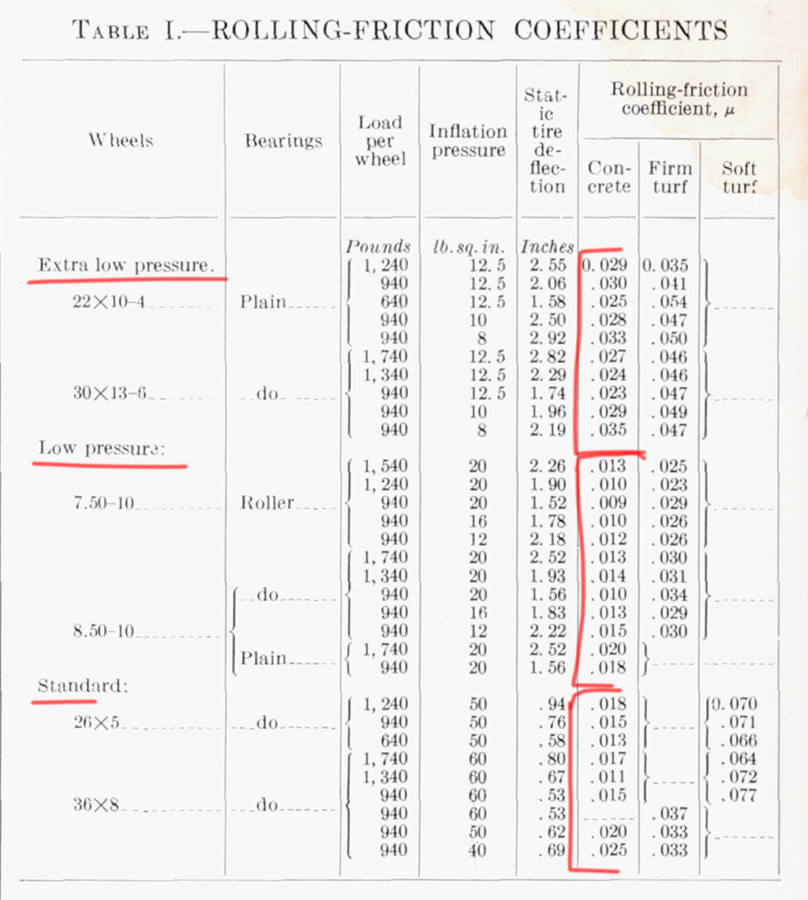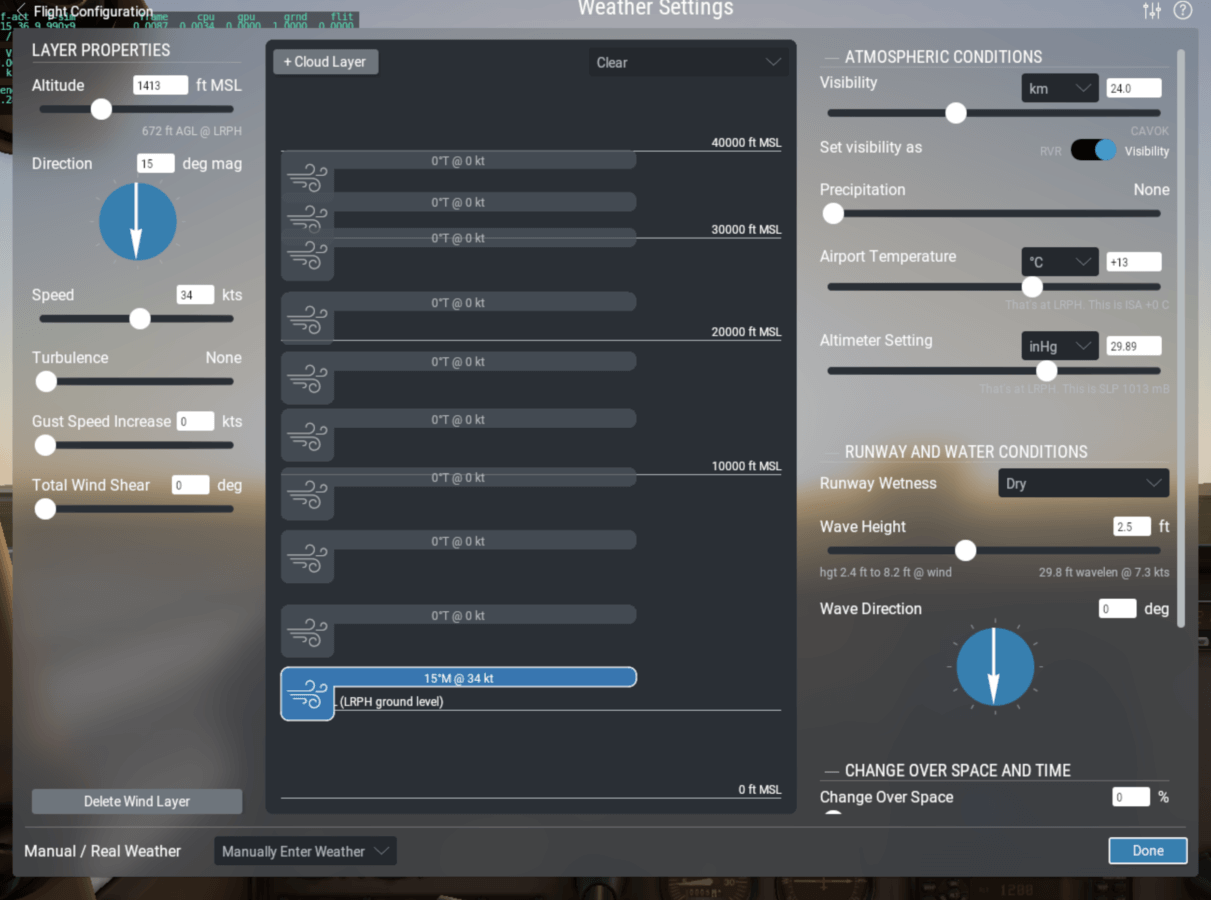We’ll start with the wings, which I’ve found to be very important:
The entire flight model is based on a new type of memory-access that is fast for the product you get, but slower and constantly self-checking for the internal builds we run for testing. We now have vectors of props, wings, and bodies… and access those vectors by accessors that hop right through to the memory for speed in the delivered sim, but do bounds-checking first to make sure no illegal accesses are even REQUESTED in our internal self-check builds. This entire new architecture, coded by me in the first month or so of the virus – when I could not even leave my house – sets us up with a platform that is flexible, fast, and bullet-proof to use. This new architecture allows for up to 16 engines and props, which is useful for the new generation of eVTOLs, many of which have more than 8 motors and props!
Now, for these wings and prop blades, we now allow THREE airfoil files per wing, not two like we used to, so you can have root, middle, and tip airfoils, which is especially useful for propellers! Well-modeled props have thick airfoil files at the root, mid airfoil files at the mid-span, and then go to a very thin foil right out at the tip to delay shock-wave formation at high speed. We now allow all the Reynolds numbers you like for each foil, so the way to get variation with Reynolds numbers is to put them in the airfoil files in Airfoil-Maker.. we don’t have multiple slots for different Reynolds numbers in Plane-Maker any more: that was always limited and awkward: It’s much better to save all your data for different Reynolds numbers for your airfoils in Airfoil-Maker, so that’s what we do now.
So everything you are about to read about is based on a new, high-speed, self-checking memory-layout that allows 16 engines and props, and 3 airfoils per flying surface.
First off: Wing sweep improvements. As air approaches a wing, it has to SPEED UP to get out of the way of the metal. It has to speed up to go around the wing! As a wing approaches the speed of sound, therefore, the air near the wing (still speeding up!) must EXCEED the speed of sound to get out of the way of the wing fast enough! In other words, the air around the wing goes supersonic even when the wing itself is still below the speed of sound. This causes shock waves, huge drag, and even loss of lift. The thicker the wing, the more the air has to accelerate to get around it, and the greater this effect. Nobody wants all this extra drag as they fly at airliner speeds (which DO approach the speed of sound) so in World War 2 the Germans came up with a way to cheat: Sweep the wing!
When the wing is swept back, the airfoil SEEMS THINNER to the air. That means that the air is in less of a rush to get out of the way: That localized supersonic flow, and shock waves and drag that result, are delayed! You can go faster before you run into these shock waves. But here’s the thing: You can only cheat so much! No matter how swept the wing is, once your airplane is going Mach 1.00, you have fully supersonic flow over every bit of that wing: You can’t escape supersonic flow with wing sweep! Wing sweep only makes the wing seem THINNER, letting the air accelerate LESS get around it, letting you get CLOSER to Mach 1.0 before you see supersonic flow over the wing! The thinnest, most highly-swept wing in the world will not AVOID supersonic flow, it will just let you get much CLOSER to Mach 1.0 before you get supersonic flow, and drag. X-Plane 12 now understands all of this, and invokes transonic drag at the right time based on wing-sweep, and transitions to fully supersonic flow by the time the aircraft Mach Number hits 1.0. It’s a nice interpolation from the subsonic to supersonic flow models as the flow goes from transonic to fully sonic on the wing! Back in X-Plane 11, the simulator delayed supersonic flow based on wing sweep until some value PAST Mach 1.0, which was erroneous! Forget that! So here is what version 11 did wrong: X-Plane 11 simply imagined that the effective airflow over the wing was multiplied by the cosine of the wing sweep. In other words, X-Plane 11 though that if you had wing sweep, that meant that you got out of challenging the air head-on, and it reduced the effective airspeed over the wing since the wing was getting out of a direct confrontation with the air by sliding through it sideways. This was so close, but not as good as it could have been.
To REALLY get it right, we need to understand that as you approach Mach 1, we do NOT imply REDUCE THE SPEED over the wing by the cosine of the wing sweep: Instead, we are making the AIRFOIL THINNER by the cosine of the wing sweep. Mach-1 flow hitting the wing is still Mach-1 flow over the wing! Wing sweep only makes the wing appear thinner to the arriving airflow.. it does not actually reduce the speed over the wing. This is really subtle, but matters a lot for transonic drag (drag from the formation of shock waves as we APPROACH Mach 1), so we will see more accurate formation of shock waves and resulting rise in transonic drag in X-Plane 12 than we did in version 11: Make sure your wing sweep is entered correctly, make sure you airfoil thickness is entered correctly in Plane-Maker, and expect drag rise as you approach Mach 1. Thinner, more-swept airfoils will be called for, the closer you get to Mach 1. The real Citation X (and the simulated Citation X in X-Plane, of course) are perfect examples of how important these two factors are in approaching Mach 1: The wing of that airplane is very very thin and very highly swept.
New tire rolling coefficient of friction data:
Observe these charts:


As you see above, rolling coeffs go from about 0.006 to 0.01 for high-pressure tires,
and 0.01 to 0.02 for more medium pressure tires.
So your planes should probably use 0.008 for the airliners and fighters,
And about 0.016 for the general aviation airplanes,
And about 0.040 for the piper.
Everyone that enters airplanes themselves should go to Plane-Maker and set tire coefficient of fric to about 0.008 for airliners to 0.01 for lower pressure airliners to 0.02 for light planes to 0.04 for very low pressure tires like the tundra tires on the Piper Cub.
Hydroplane speed more accurate, and on-wet friction a bit higher.
Water: Improved floatplane dynamics!
I’ve been working with Bridger Aerospace to get their fire-fighting seaplanes simulated, and the result is really incredible.
It took about FIFTY different alpha builds, each one with further-refined water dynamics, but we finally have the parasite drag, wave drag, plowing, step-taxiing, running on the step, wave interaction, and even drag from the scoops on the firefighters that grab water all simulated properly for Bridger to train their next generation of pilots! So the float-plane dynamics in X-Plane 12 are now professional-grade, for people that fly float-planes to put out fires for a living!
In addition to the dynamics of the floats themselves, we have better rendered wake, wind and wave correlation, and even docking with hard docks!
One subtlety is the new wave height paradigm:
Enter the wind and stuff, and look at the wave height slider: You see the range of heights as a little tip at the bottom, so you can drag the wave height slider accordingly for the conditions you want to fly…
Then, at right you see the little tip on the wavelength and speed that results from the height entered
We are doing first-principles with wave length and speed, and they match up with your chart pretty close, so I think we are good there.
For real-weather, the wave height is auto-set to the SHELTERED case, based on the lowest-alt winds
So I think that has us where we want to be, with plenty of little notes there in the UI to show us what is going on… and give instructors the ability to set conditions as desired.. with the notes on the defaults available to them of course
Whew!
OK I like this paradigm a lot: Total flexibility, with super-easy normal-case references available at-a-glance.

Corrected spoiler dynamics, very noticeable on airliners and the F-14!
This is big: The spoiler effects were TOO WEAK in version 11.
This meant that in the sim, all the planes that used roll spoilers, which certainly includes airliners, rolled too slowly!
As a result, many people over-sized their spoilers to get the desired roll-rate… and got too much DRAG from those over-sized spoilers as a result!
Sigh.
This has now been fixed for X-Plane 12!
NOTE: Aircraft designers should now go into their aircraft and make sure that they have entered the correct sizes for their spoilers.. they should now get more-accurate results!
Thank you, Austin, for the update! Great information.
I was wondering, will the model of the CL415 used to test the water dynamics see the light of day in XP12?
Thank you for the information!
I want to ask if areal firefighting wold return to x-plane 12 given your involvement with Bridger Aerospace?
I was very disappinted to see forest fires dataref and approach command got nuked from xp12. Although it was far from perfect and hidden in xp11 it was working and usable. 10x